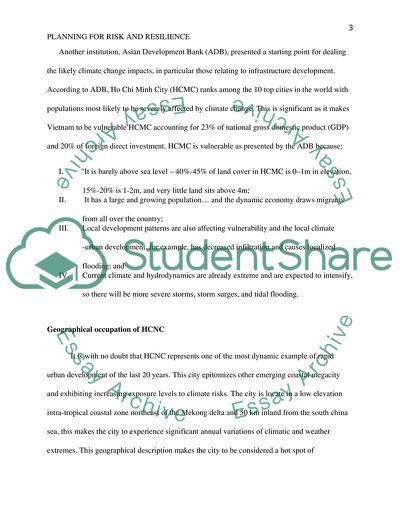Cite this document
(“PLANNING FOR RISK AND RESILIENCE: CASE STUDY Ho Chi Minh City Essay”, n.d.)
Retrieved from https://studentshare.org/miscellaneous/1642134-planning-for-risk-and-resilience-case-study-ho-chi-minh-city-resilience-planning-project
Retrieved from https://studentshare.org/miscellaneous/1642134-planning-for-risk-and-resilience-case-study-ho-chi-minh-city-resilience-planning-project
(PLANNING FOR RISK AND RESILIENCE: CASE STUDY Ho Chi Minh City Essay)
https://studentshare.org/miscellaneous/1642134-planning-for-risk-and-resilience-case-study-ho-chi-minh-city-resilience-planning-project.
https://studentshare.org/miscellaneous/1642134-planning-for-risk-and-resilience-case-study-ho-chi-minh-city-resilience-planning-project.
“PLANNING FOR RISK AND RESILIENCE: CASE STUDY Ho Chi Minh City Essay”, n.d. https://studentshare.org/miscellaneous/1642134-planning-for-risk-and-resilience-case-study-ho-chi-minh-city-resilience-planning-project.


